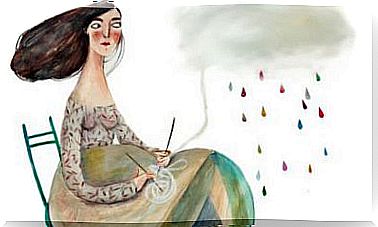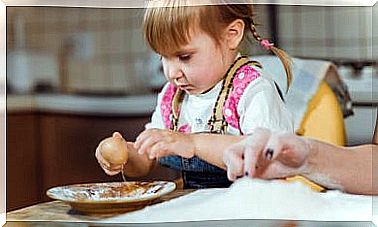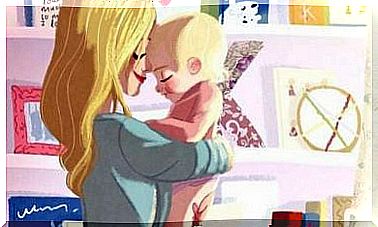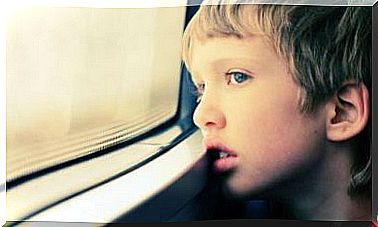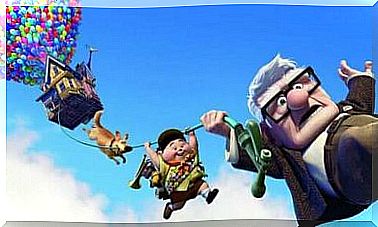How To Interpret Your Child’s Drawings

Parents have the wonderful task of guiding their children, so today we will give you some tips for interpreting their drawings. All children like to draw, but you will surely wonder what their drawings mean. These are a communication channel in which they express their feelings, emotions, fears and desires.
Through the drawings, children manifest their inner world. By observing them, you may be able to know how they feel about a particular environment, such as school, family and friends.
It is important to learn to decipher them in order to get to know your child better and help him in the right way in case it is necessary. Interpreting children’s drawings does not only mean assessing their quality, but involves recognizing and deciphering certain elements, such as the size of the characters, the shape, the intensity of the stroke and the theme.
Each child has their own method of drawing, holding the pencil, occupying space on the paper and creating characters.
How to interpret your child’s drawings?
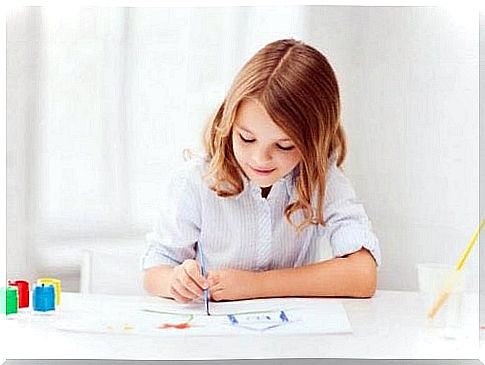
Interpreting your child’s drawings is not as difficult as it sounds. Just take these aspects into consideration to succeed:
- Drawing theme. Paying attention to your little one’s drawing theme can show you how he feels in a given situation. For example, a tree drawn can make you understand the relationship your child has with the outside world or a family drawing in which it expresses the relationship they have with each of the members.
- Traits. The pressure the child exerts on the paper is an indicator of his temperament. The firm and continuous traits indicate that he has self-confidence, enthusiasm, will and tranquility. On the other hand, the shaky or very straight and firm features show that he is not very tolerant and aggressive.
- Dimensions. Children who draw small pictures cannot express themselves freely and have low self-esteem. On the contrary, if they create large images they demonstrate confidence.
- Position of the figures. It is one of the most important elements of children’s drawings, and what is at the top of the sheet is related to the intellect, imagination and the desire to discover new things. The elements at the bottom indicate the physical and material needs they possess.
- Colors. The psychology of colors tells us a lot about the baby’s emotions. If warm colors such as red, orange and yellow are present in the drawing it means that your child is outgoing, cheerful and enthusiastic. Cold or dull colors, such as light blue, green, and black reflect anxious, fearful, or worried behavior .
Recommendations before interpreting your child’s drawings
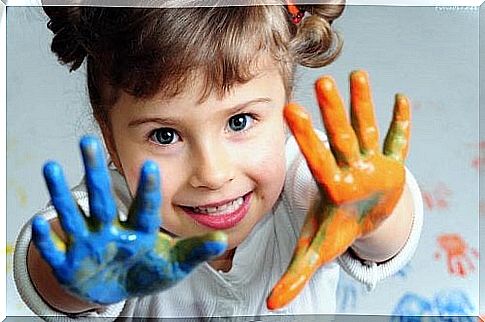
Parents must consider that their children’s drawings are a foundation for orienting themselves on their feelings and emotions. They are not used to determine their personality, so it is necessary to ask for help from a psychologist who evaluates it professionally.
If you are concerned about some drawing, it is best to talk about it with the child in an affectionate and understanding way to really know what is happening to him. The most important thing is to help him if he has a problem.
Have it drawn in front of you, and once you have finished the drawing ask him what all the elements present mean to him and how he felt creating it.

